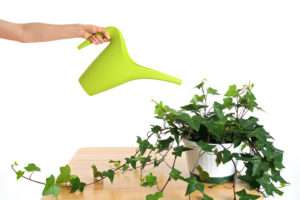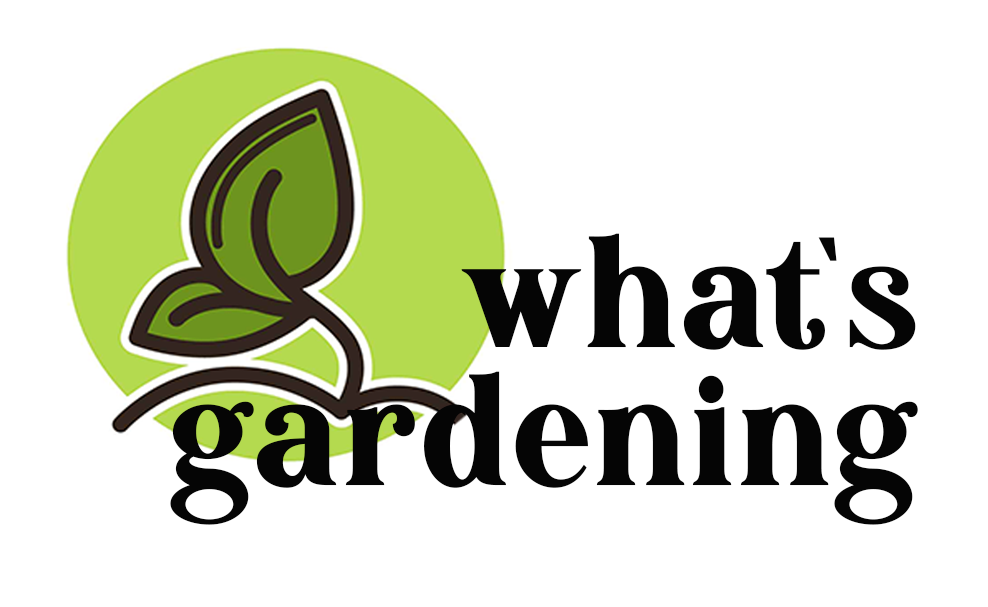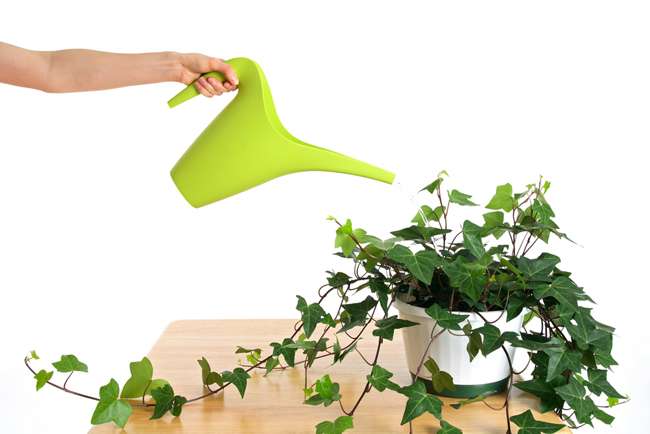Keeping indoor plants alive can seem impossible for those without a green thumb. You can either give them too much or not enough. It can take a lot of trial and error to figure out the ideal amount of water, soil, and sun. We have compiled some expert indoor plant watering hacks and tips to help you better care for your herbage. If your plants are dying, you should add something to the bottom of the pot.
Understanding your exact plant’s care requirements, proper watering, and drainage are key to helping it thrive, according to Alfred Palomares, vice president of merchandising at 1-800-Flowers.com. He says that plant newbies should look for signs of root rot, which can be fatal, if their greenery is overwatered. He says that root rot happens when water gets trapped in the planter and can’t drain through the soil. There is a good chance that the plant has had too much water to drink, if the leaves are green, brown, or yellow, or the soil is rotten.
 One plant watering hack is great to use if your plant is showing signs of root rot. Using a sponge placed at the bottom of the planter can actually save the plant! According to Huff Post, if you want to delicately remove the plant from the pot, you should hold it by the stems or leaves, and tap the bottom of the container until the plant slides out. Before you add the sponge, make sure there’s no water trapped in the pot. Relocate the plant by adding back in the dirt.
One plant watering hack is great to use if your plant is showing signs of root rot. Using a sponge placed at the bottom of the planter can actually save the plant! According to Huff Post, if you want to delicately remove the plant from the pot, you should hold it by the stems or leaves, and tap the bottom of the container until the plant slides out. Before you add the sponge, make sure there’s no water trapped in the pot. Relocate the plant by adding back in the dirt.
Sponges work by soaking up the extra water in the pot. The air will flow through the soil because sponges are porous. It’s important to choose the right size of sponge, because you can use a regular one from the grocery store. The size of the container and the size of the sponge are important. The plant’s roots can eventually grow in and around the sponge if the container is too large.
Gardening Know How suggests using a sponge that isn’t treated with detergent or antibacterial compounds. The sponges can be treated with bleach to prevent mold. You can always cut them down to make sure they’re the right size for your planter.
If you place a sponge in the bottom of your pot, make sure you use the correct planter. If you tend to overwater or have poor drainage in your pot, the sponge will eventually become oversaturated and not serve its purpose.
To make sure the excess water can escape, you’ll want to double check the drainage. It’s easy to over water a plant if there isn’t enough drainage because there isn’t enough water to go around.
Another indoor plant watering tip is using ice cubes. The ice cube trick is where you place two ice cubes at the base of the plant once a week to give them hydration. The technique was first researched by the American Society for Horticultural Science and has since become a go-to plant hack. You can monitor how much water your plant is getting by using this method. It works on orchids, but the cold temperature of the ice can shock more delicate plants.

